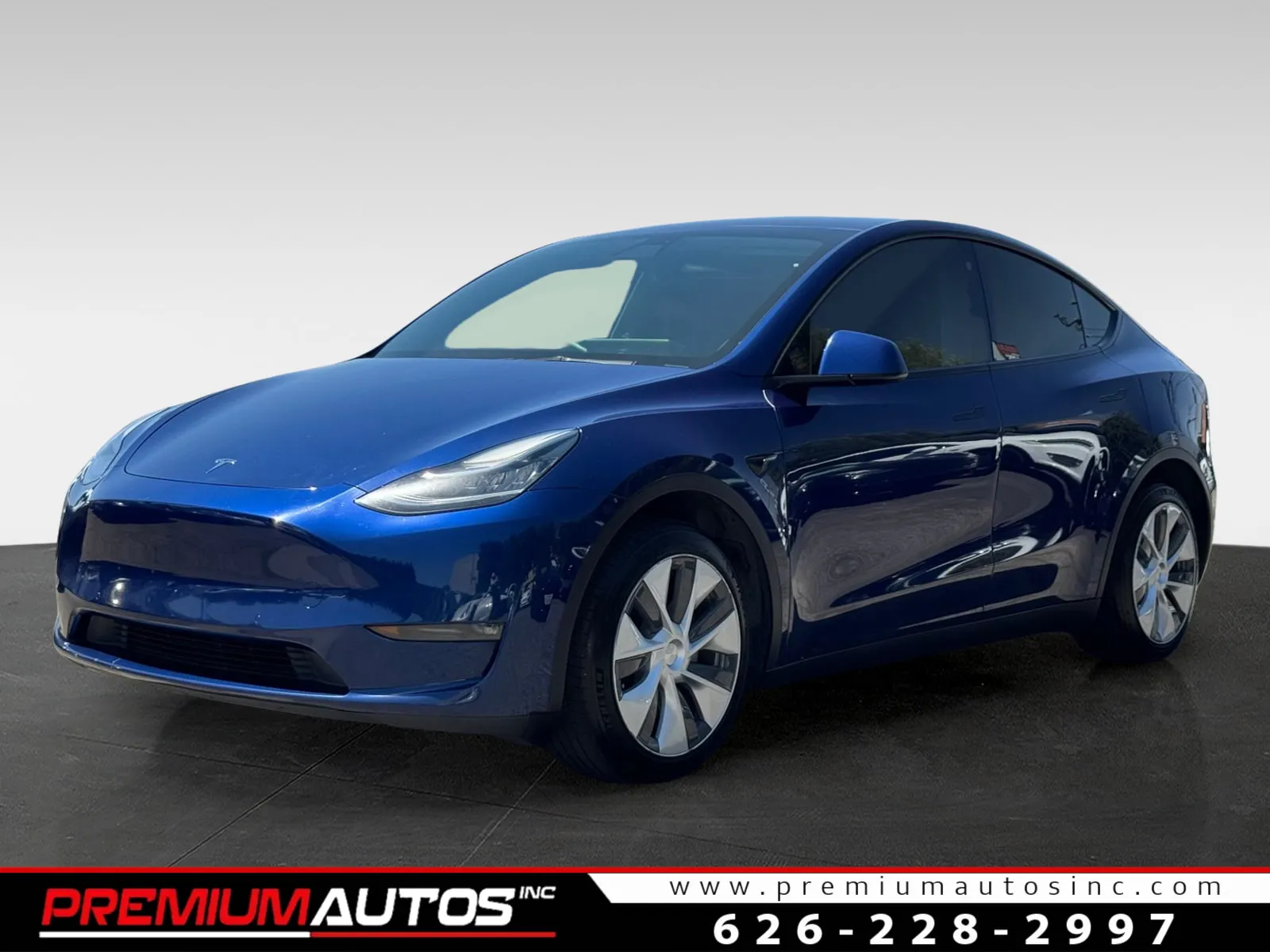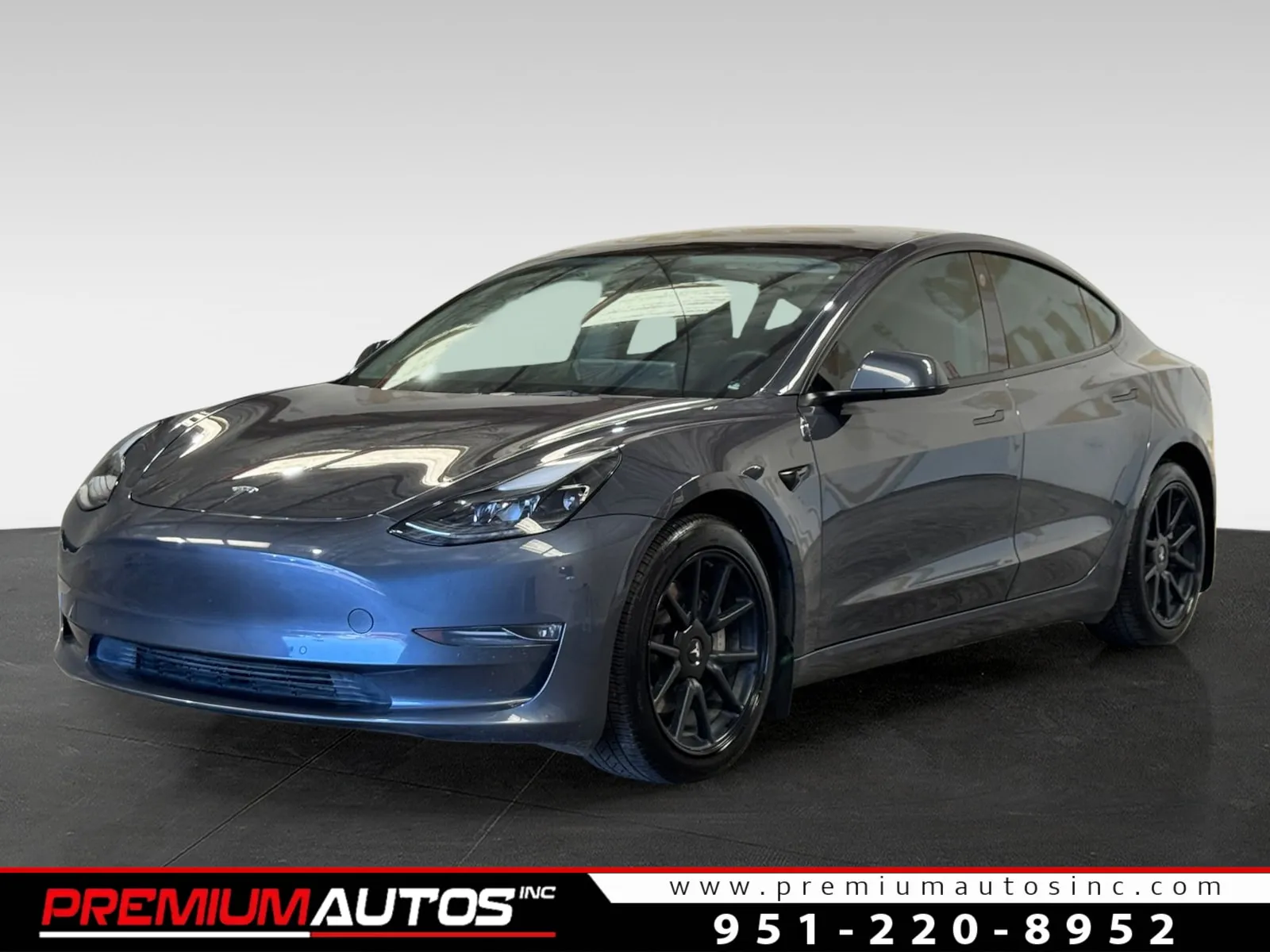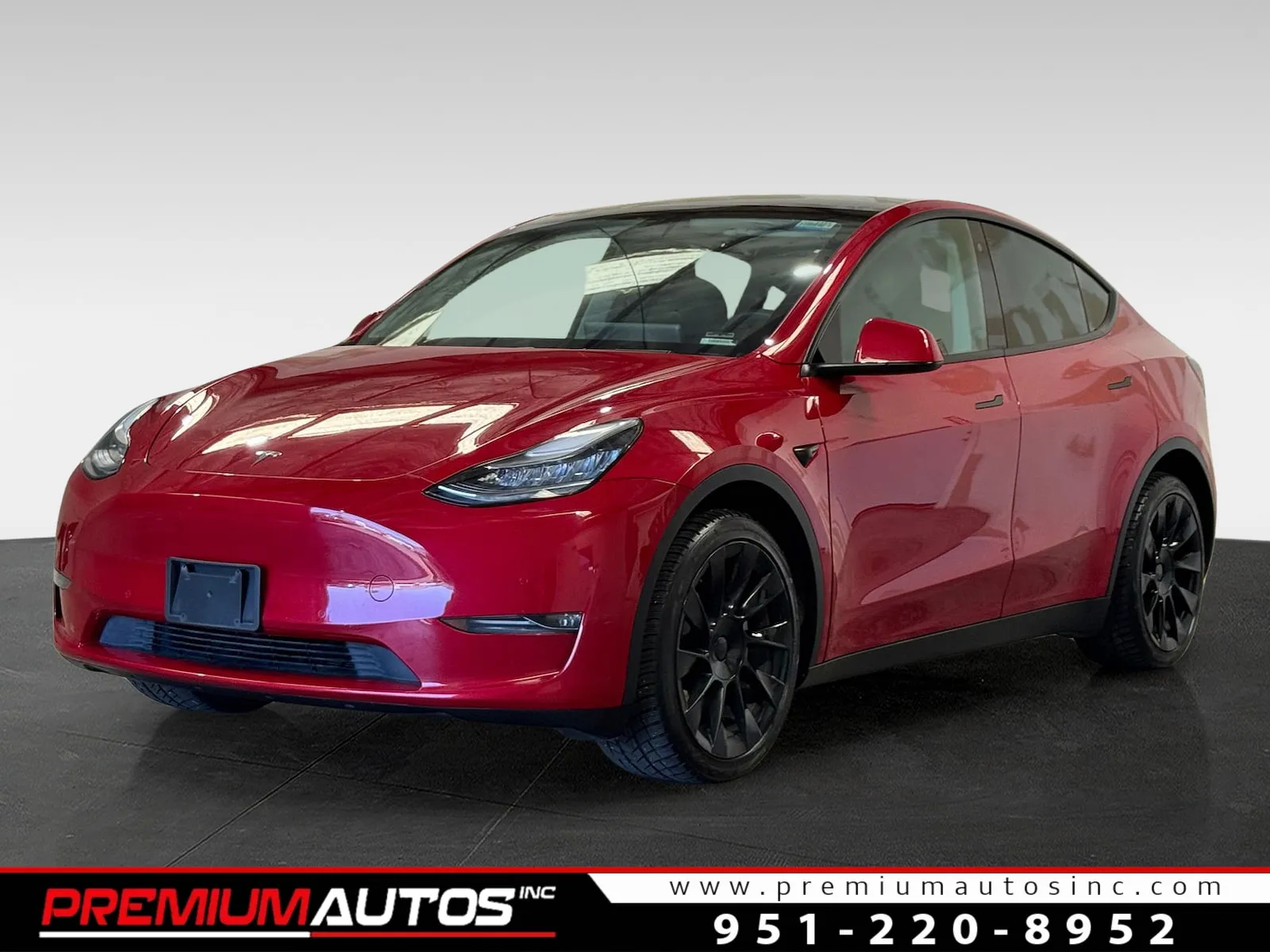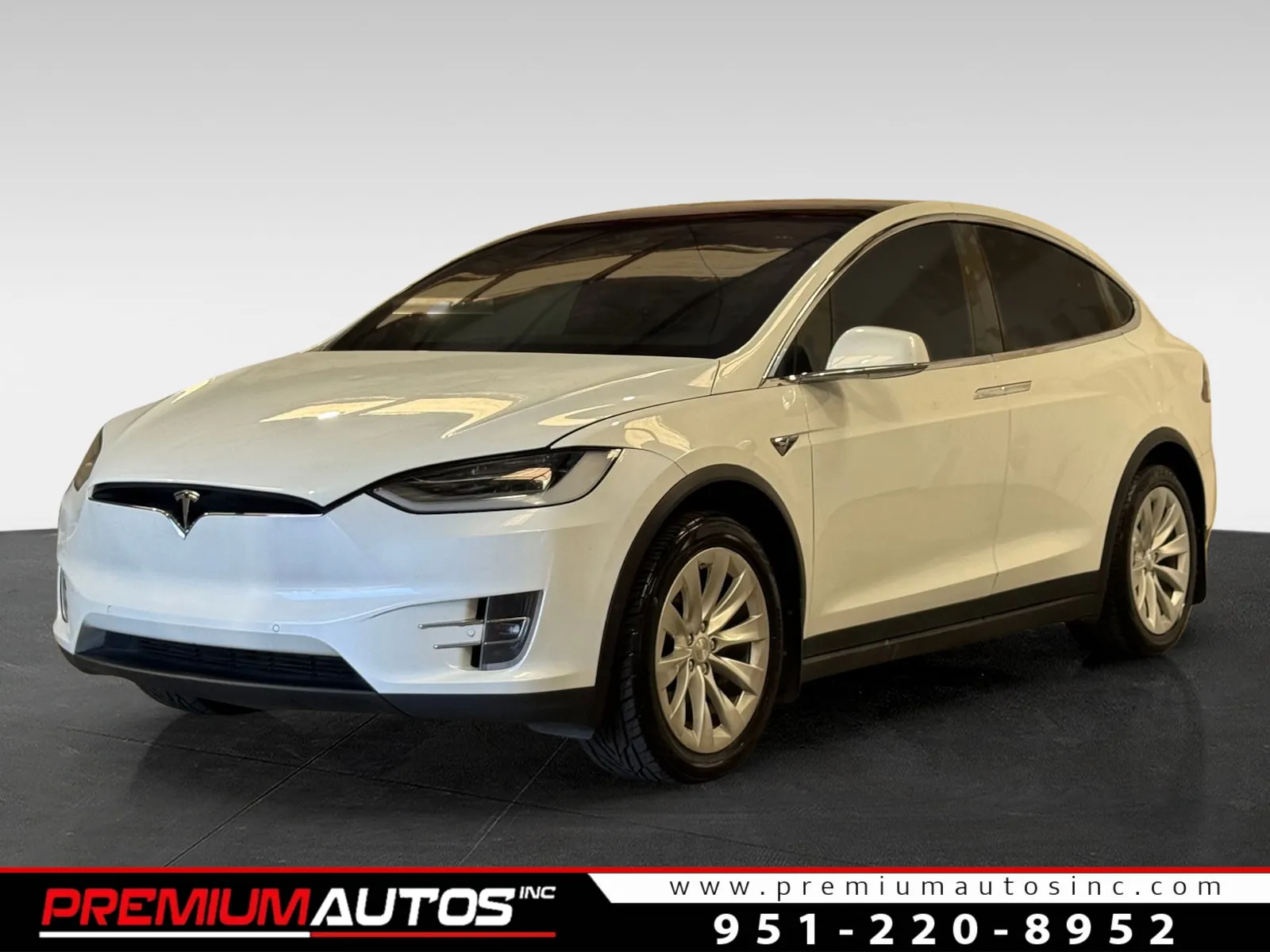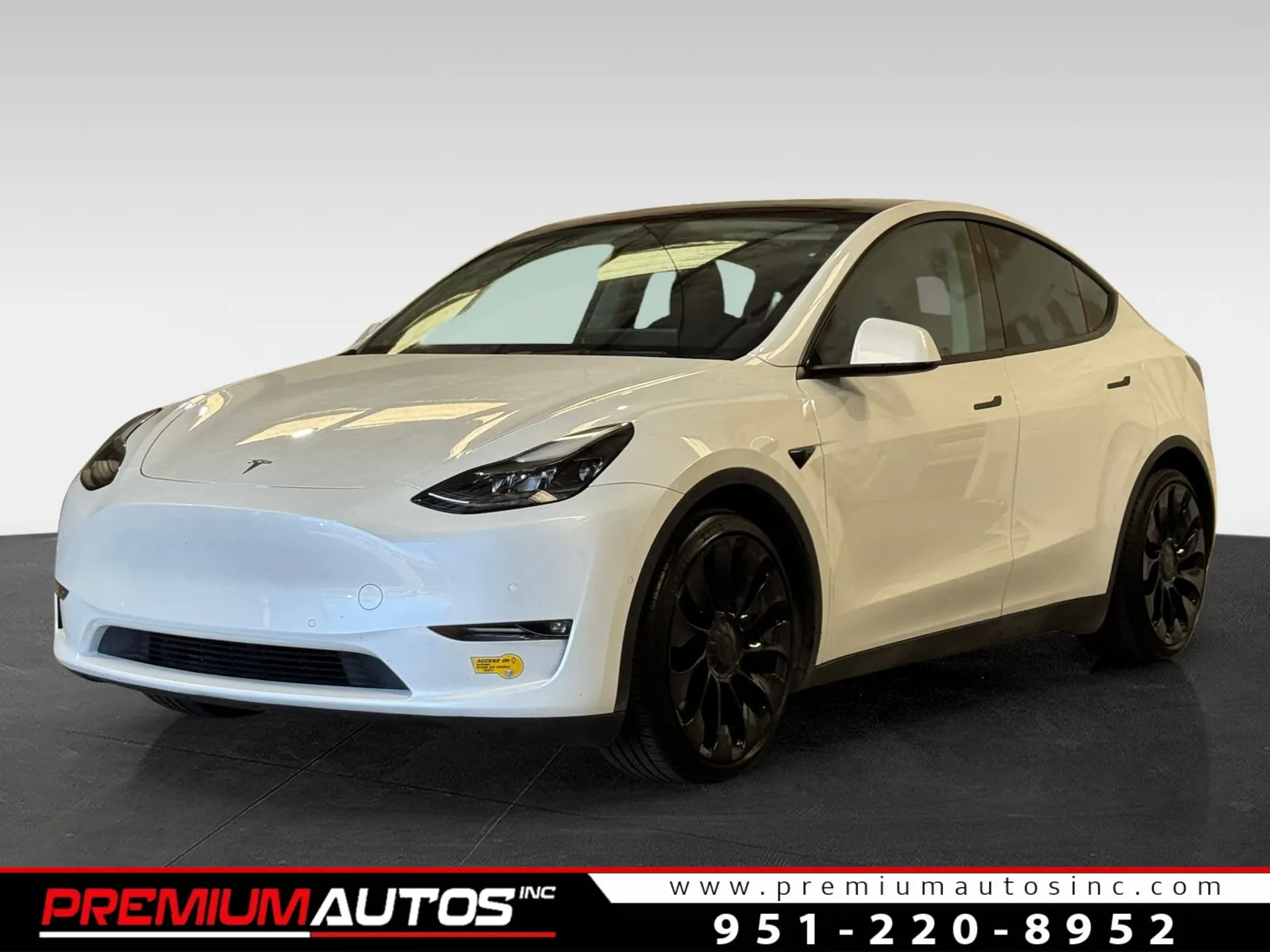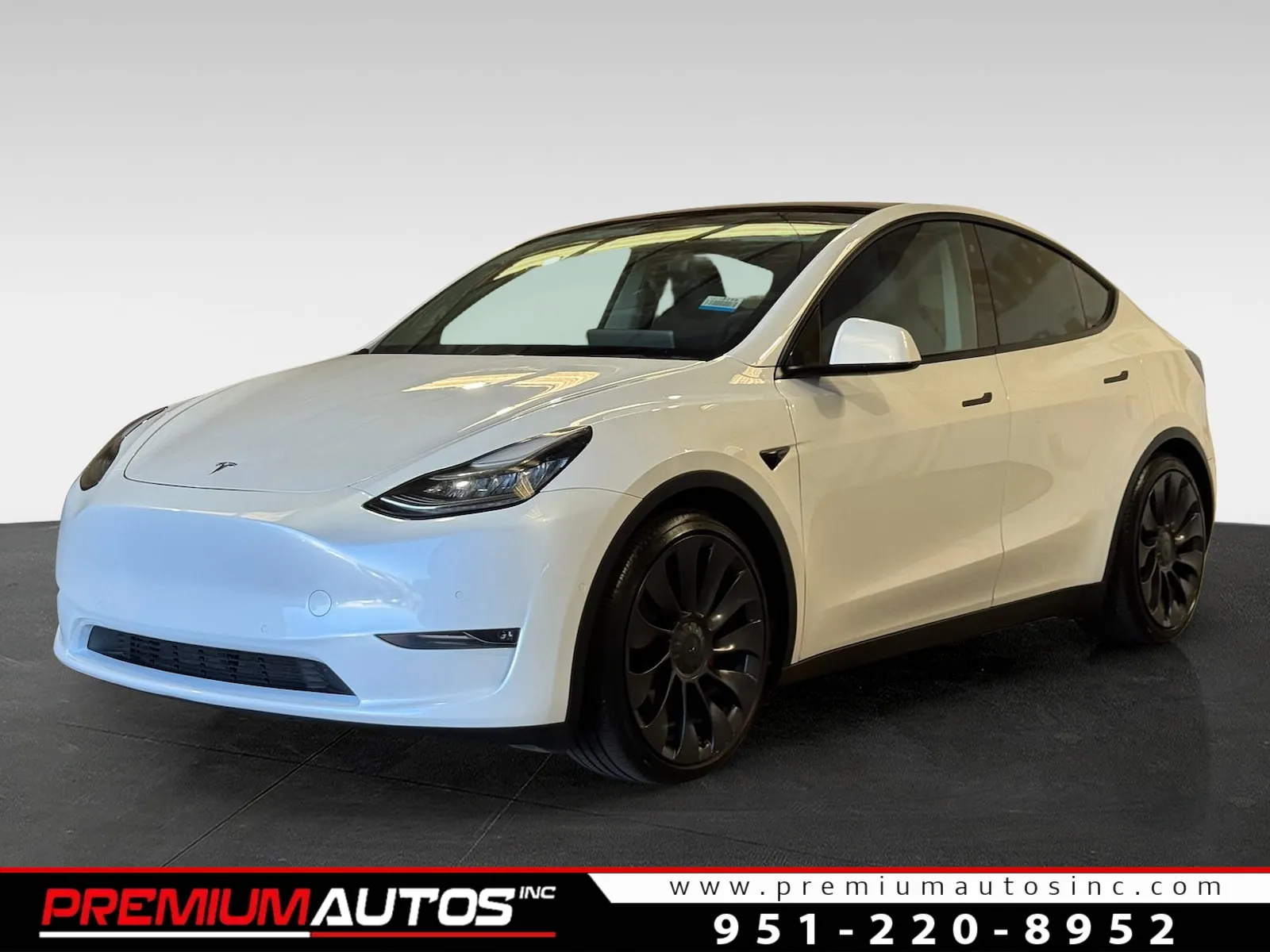
- Inventory
- Finance
- Trade / Sell
- About
- Blog

Buying a Used Tesla a Good Choice?
- Premium Autos Inc
- Blog
- Buying a Used Tesla a Good Choice?
Buying a Used Tesla a Good Choice?
Yes, buying a used Tesla can be a smart choice if you're looking for premium EV technology at a lower price. Here’s why:
- Affordable Pricing: Used Model 3s (2018–2021) cost $21,208–$33,908, compared to $40,240+ for a new one.
- Battery Durability: Tesla batteries retain ~90% capacity after 200,000 miles, offering long-term reliability.
- Lower Operating Costs: Annual maintenance averages $623, and charging costs are significantly lower than gas.
- Warranty Options: Many used Teslas still have battery and drive unit warranties (8 years/100,000–120,000 miles).
- Key Factors to Check: Battery health, software features, warranty coverage, and accident history.
Quick Comparison
| Model | Used Price Range | Battery Warranty | Estimated Battery Life |
|---|---|---|---|
| Model 3 | $21,208 – $33,908 | 8 years/100,000 miles | Retains ~90% after 200k miles |
| Model Y | $27,301 – $35,620 | 8 years/120,000 miles | Retains ~90% after 200k miles |
| Model S | $15,868 – $117,085 | 8 years/unlimited miles | Retains ~80% after 500k miles |
| Model X | $20,226 – $103,160 | 8 years/unlimited miles | Retains ~80% after 500k miles |
Key Takeaway: A used Tesla offers excellent value, but ensure you check the battery condition, warranty, and software compatibility before purchasing.
Price and Value Analysis
Used vs. New Tesla Prices
Buying a used Tesla can be a smart way to save money, especially if you're working with a budget. For example, used Model 3s from 2018 to 2021 typically cost between $21,208 and $33,908. If you're looking for a crossover SUV, used Model Y vehicles from 2020 to 2021 are priced in the range of $27,301 to $35,620.
Prefer something more luxurious? Pre-owned Model S cars from 2014 to 2021 are available for $15,868 to $117,085, while used Model X SUVs from 2016 to 2021 range between $20,226 and $103,160.
| Model | Used Price Range |
|---|---|
| Model 3 | $21,208 – $33,908 |
| Model Y | $27,301 – $35,620 |
These competitive prices not only make used Teslas more affordable upfront but also pave the way for lower long-term costs.
Operating Cost Savings
One of the biggest perks of owning a Tesla - new or used - is its lower operating costs. Tesla batteries are designed to last, retaining about 90% of their capacity even after 200,000 miles. This durability helps Teslas hold their value better than traditional gas-powered cars.
When assessing the value of a used Tesla, keep these key points in mind:
- Battery condition: A healthy battery is essential for performance and range.
- Warranty status: Check if the vehicle is still under warranty for added peace of mind.
- Software features: Confirm active features like Autopilot or Full Self-Driving.
- Accident history: A clean history ensures better resale value and reliability.
With affordable purchase prices, durable batteries, and slower depreciation, used Teslas are an attractive choice for anyone looking to own cutting-edge electric vehicle technology without paying the new-car premium.
Technical Features and Coverage
Battery Performance and Costs
Key battery indicators, such as cell voltages and operating temperatures, can be monitored through the Battery Management System (BMS) to help reduce capacity loss over time.
When checking battery health before purchasing:
- Look at the estimated range displayed on the dashboard.
- Use the Tesla mobile app to review the State of Charge (SoC).
- Visit a Tesla Service Center for a detailed battery evaluation.
For more in-depth analysis, tools like ScanMyTesla can provide advanced battery health metrics. Once the battery's condition is verified, ensure the vehicle's software is up to date.
Software and Feature Access
Tesla vehicles benefit from over-the-air (OTA) updates, which provide ongoing software improvements and new features. Since Tesla models don’t follow traditional model year designations, you can confirm the production date by checking the 10th character of the VIN.
Warranty Coverage Details
Tesla’s warranty options offer solid protection for buyers of used vehicles, though coverage specifics depend on the model and purchase type. Here’s a breakdown:
| Model | Battery & Drive Unit Warranty | Coverage Details |
|---|---|---|
| Model S (2012–2019) | 8 years, unlimited miles* | 70% capacity retention |
| Model X (2016–2019) | 8 years, unlimited miles | 70% capacity retention |
| Model 3 Standard Range | 8 years/100,000 miles | 70% capacity retention |
| Model Y Standard Range | 8 years/120,000 miles | 70% capacity retention |
*Note: 60 kWh batteries produced before 2015 have 8-year/125,000-mile coverage.
Additionally, the Basic Vehicle Limited Warranty covers electronics and workmanship for 4 years or 50,000 miles, while the Supplemental Restraint System Limited Warranty extends to 5 years or 60,000 miles. To ensure full warranty coverage, confirm the delivery date, check for any modifications or salvage history, and review any Extended Service Agreement.
Running Costs and Daily Use
Service and Repairs
Maintaining a Tesla Model 3 costs about $623 annually. Thanks to regenerative braking, the brake pads can last over 300,000 miles, which is far longer than in traditional vehicles. Routine Tesla maintenance includes tasks like replacing the cabin air filter, rotating tires, testing brake fluid, and swapping out the A/C desiccant bag. However, keep in mind that EV tires may wear out faster due to the added weight of the battery. Now, let's look at charging expenses.
Charging Network Use
Charging costs depend on whether you’re charging at home or using Tesla's Supercharger network. In Southern California, home charging averages $0.22 per kWh, while Supercharger rates range from $0.27 to $0.35 per kWh. These electricity costs are a key part of the overall expenses of owning and operating a Tesla.
California Costs
In California, scheduling Tesla service appointments can sometimes be challenging, although many maintenance tasks can be handled through Tesla's mobile service option. Recent recalls have affected various Tesla models, including a hood latch issue that impacted about 1.8 million vehicles. If you ever need to replace the battery, it typically costs $15,800 - with $13,500 for parts and $2,300 for labor. Tesla's warranty coverage can help reduce these costs during the warranty period.
sbb-itb-66f4901
Common Issues and Risks
Battery Degradation
The condition of a Tesla's battery is a crucial factor when buying a used model. On average, most Teslas experience a 10–15% loss in battery capacity after 100,000 miles of driving. To evaluate the battery's health, consider these steps:
- Check the Tesla app for details on battery capacity, predicted range, and current charge percentage.
- Compare the displayed range with the EPA-rated range for the specific model.
- Get a professional battery test from services like RepairWise.
In addition to battery health, the vehicle's software compatibility can also impact its overall performance.
Software Limitations
Older Tesla hardware may not support all the latest software features. While Tesla frequently rolls out updates, some features might be unavailable on older models due to hardware constraints. To avoid surprises, confirm the vehicle's hardware version and check which software features it can support.
Post-Warranty Expenses
As warranties expire, owning a used Tesla can become more costly. Many used models come with limited or no warranty coverage, which means you could face repair and maintenance expenses out of pocket. Here's how to prepare:
-
Check Maintenance Records
Look over the vehicle's service history and confirm any remaining warranty coverage, particularly for the battery pack. -
Consider Extended Coverage
Explore extended warranty options to help cover potential future repairs.
Staying proactive with battery checks and regular maintenance can help reduce unexpected costs.
Buying a Used Tesla? Here's What You Need to Know
Conclusion
Buying a used Tesla can be a great way to save money while still enjoying top-notch performance. With depreciation rates averaging about 30% in the first three years, pre-owned models often offer excellent value compared to buying new. Tesla's track record for battery durability only adds to their appeal.
When considering a used Tesla, focus on these key factors:
| Factor | What to Check |
|---|---|
| Battery Health | Charging history, capacity retention |
| Software Features | Hardware version, update compatibility |
| Warranty Status | Remaining coverage, extension options |
| Vehicle History | Accident reports, maintenance records |
At Premium Autos Inc., we prioritize quality by thoroughly inspecting every pre-owned Tesla to meet these high standards. Our Norco and El Monte locations specialize in electric vehicles, ensuring potential issues are addressed before purchase. Plus, flexible financing options make ownership even more attainable.
For drivers in Southern California, a used Tesla combines affordability, dependability, and expert support - making it an excellent choice for those who value efficiency and performance.
FAQs
What should I check to assess the battery health of a used Tesla?
When evaluating the battery health of a used Tesla, start by checking the estimated range displayed on the dashboard and compare it to the original EPA-rated range for the vehicle's model and year. This gives you a general idea of battery performance.
You should also review the battery health percentage, which indicates how much capacity remains compared to when the battery was new. If possible, monitor the rate of degradation over time to understand how the battery may perform in the future. For a more detailed assessment, consider having the vehicle inspected by a Tesla Service Center to ensure the battery is in good condition.
Lastly, confirm the remaining warranty coverage on the battery and drivetrain, as Tesla provides warranties that can offer peace of mind for used vehicle buyers.
What should I know about warranty coverage when buying a used Tesla?
When you purchase a used Tesla directly from Tesla, it typically comes with a Used Vehicle Limited Warranty that varies based on the model and year. This warranty is specific to the region where the vehicle was originally sold and is transferable to future owners at no cost. It extends coverage beyond the original New Vehicle Limited Warranty for the Basic Vehicle and Supplemental Restraint System (SRS), but the Battery and Drive Unit Limited Warranty remains unchanged.
For detailed information, it’s important to review the warranty terms specific to the vehicle you’re considering, as coverage can differ depending on the model and mileage. This ensures you have a clear understanding of what’s included and any potential costs for repairs or maintenance down the road.
Is buying a used Tesla a smart investment?
Purchasing a used Tesla can be a great way to save money while still enjoying premium features like Autopilot and cutting-edge technology. Used models are often significantly less expensive than new ones, making them an attractive option for budget-conscious buyers. Plus, many used Teslas come with advanced features already included, eliminating the need to pay extra for upgrades.
However, there are some considerations to keep in mind. Battery health is crucial, as older batteries may have some degradation, which could affect range. Warranty coverage might also be limited or unavailable, meaning you could face higher repair costs if issues arise. Additionally, availability of used Teslas can vary, potentially leading to fewer options or higher prices in certain markets.
By carefully evaluating these factors, you can determine if a used Tesla aligns with your needs and budget.




